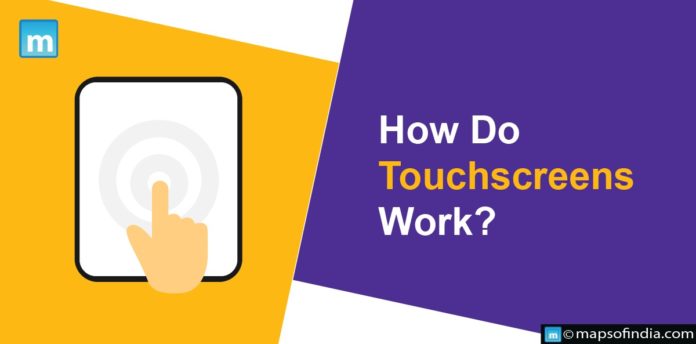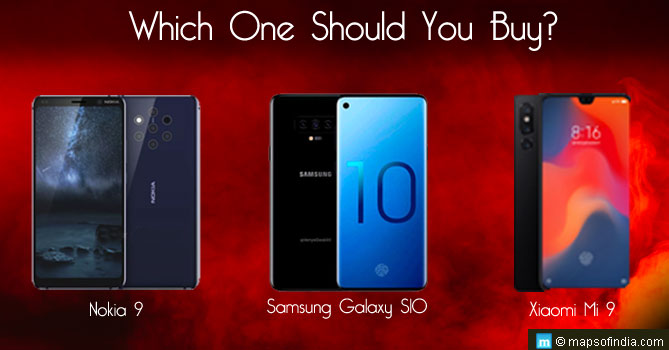Touchscreens have become a vital component of how we engage with technology daily. These enable us to navigate and operate technology with a single tap or swipe, from smartphones and tablets to ATMs. But have you ever wondered how these magical screens function? Let’s find out the answer to this question!
Types of Touchscreens
Yes! There are different types of touchscreens, too. However, usually, there are two types of touchscreens: resistive and capacitive, each with its method of converting gestures into actions.
-
Resistive Touchscreens
Resistive touchscreens work on the principle of pressure. Consider two transparent layers of material, one on top and one beneath, similar to stacking two sheets of paper. A unique coating on the top layer conducts electricity. When you push your finger or a stylus against the screen, the top layer makes contact with the one below, resulting in an electrical circuit. Sensors in the screen’s corners detect changes in electrical current and locate where the touch happened. This data is subsequently delivered to the device’s CPU, which analyzes the coordinates and performs the appropriate action.
Resistive Advantages
-
Simple and affordable
Because of the fundamental design, they are less expensive to create.
-
Work with any object
You can use your finger, a stylus, or even a pen to interact with the screen.
Resistive Disadvantages
-
Less responsive and accurate
The stress of registering can cause them to feel clumsy and imprecise.
-
Susceptible to scratches and tears
Sharp things are likely to cause damage to the soft, flexible layers.
-
Limited multi-touch
Most resistive screens can only recognize one touch point at a time.
Capacitive Touchscreens
Capacitive touchscreens, on the other hand, rely on our skin’s conductive properties. Consider a grid of miniscule wires on the screen generating an invisible pattern. This grid creates an electrical field over the screen’s surface. When you contact the screen with your finger, the electrical field is disrupted, generating a change in capacitance. This change is detected by sensors integrated into the screen, which determines the location of the touch. Unlike resistive touchscreens, capacitive touchscreens do not require pressure to detect input; a light tap is sufficient. This extremely sensitive technology supports multi-touch movements, enabling pinch-to-zoom and other natural interactions.
Capacitive Advantages
-
Highly responsive and accurate
They detect even the smallest touch, making them excellent for delicate operations such as drawing and writing.
-
Durable and scratch-resistant
When compared to resistive screens, the glass panel is more durable and less prone to damage.
-
Multi-touch capable
You can use multiple fingers simultaneously to perform motions such as pinch-to-zoom and swiping.
Capacitive Drawbacks
-
Only work with conductive materials
Gloves or styluses will not work because they disrupt the electrical field.
-
More expensive
They are more expensive than resistive solutions due to the complexity of the technology.
New touchscreen technologies are evolving as technology improves. Some smartphones now include in-display fingerprint sensors that capture unique fingerprint patterns through the screen utilizing ultrasonic or optical technologies. Foldable and flexible screens also push the limits of touchscreen innovation, opening up new avenues for device design and user experiences. To summarize, touchscreens have progressed from futuristic notions to everyday necessities—the fundamental technology, whether resistive or capacitive, is a miracle of simplicity and efficiency.





